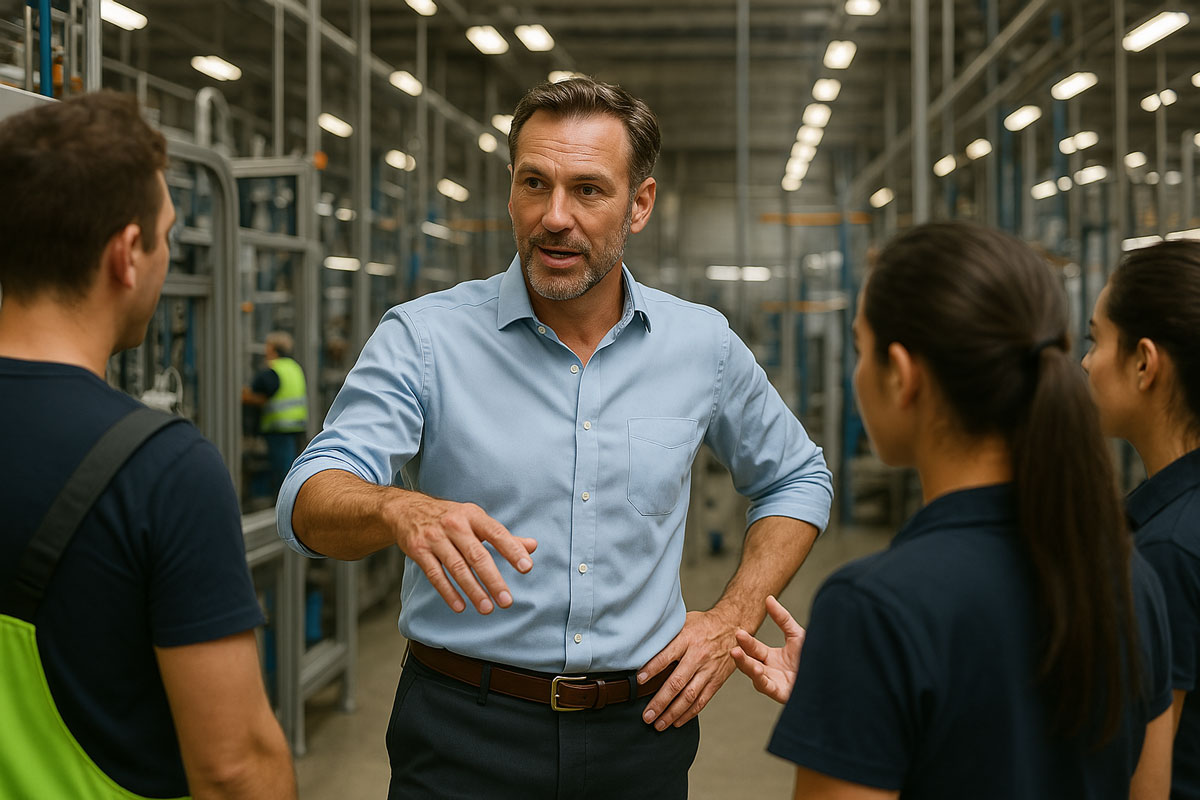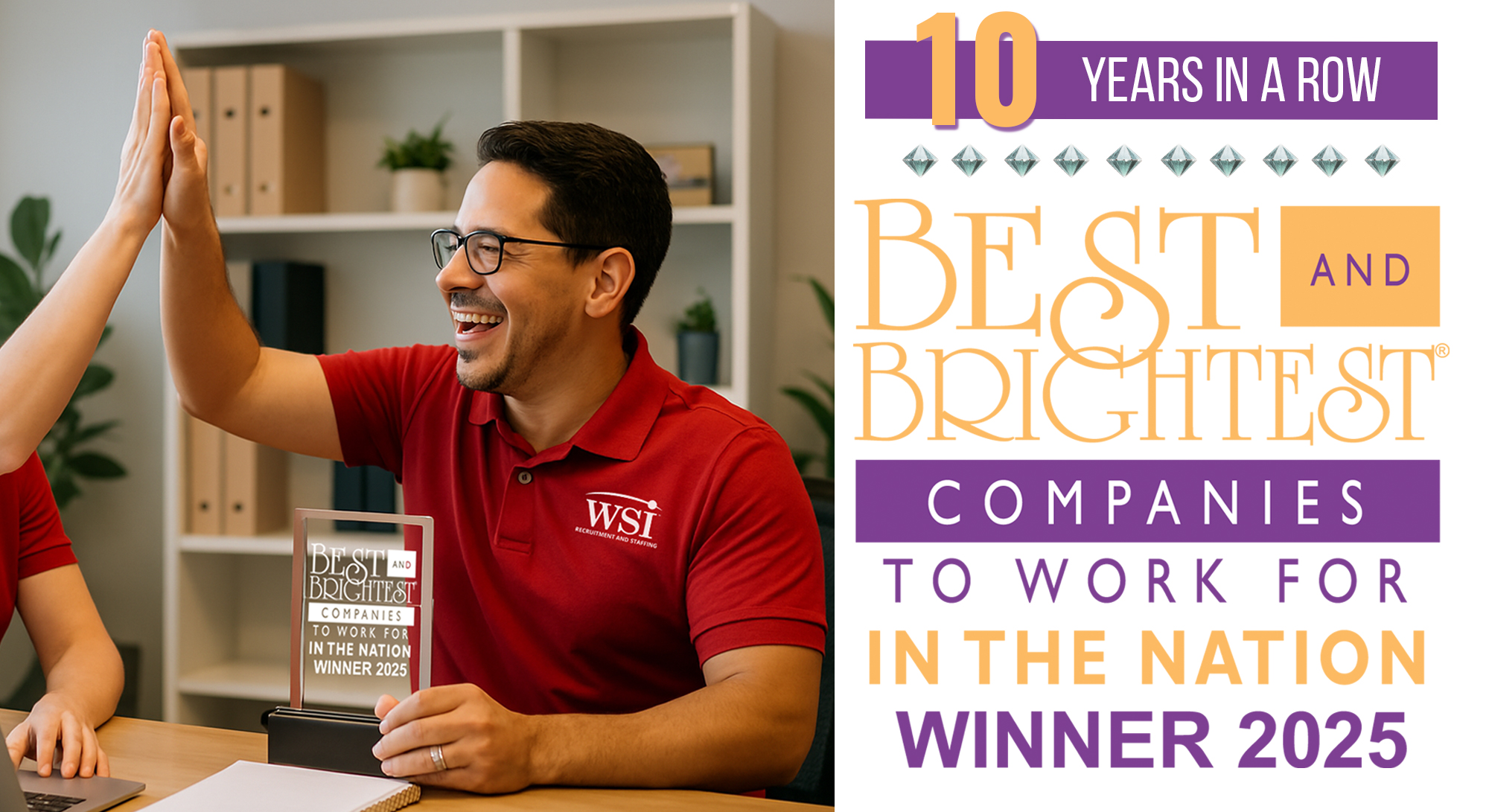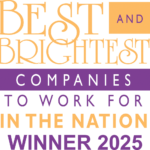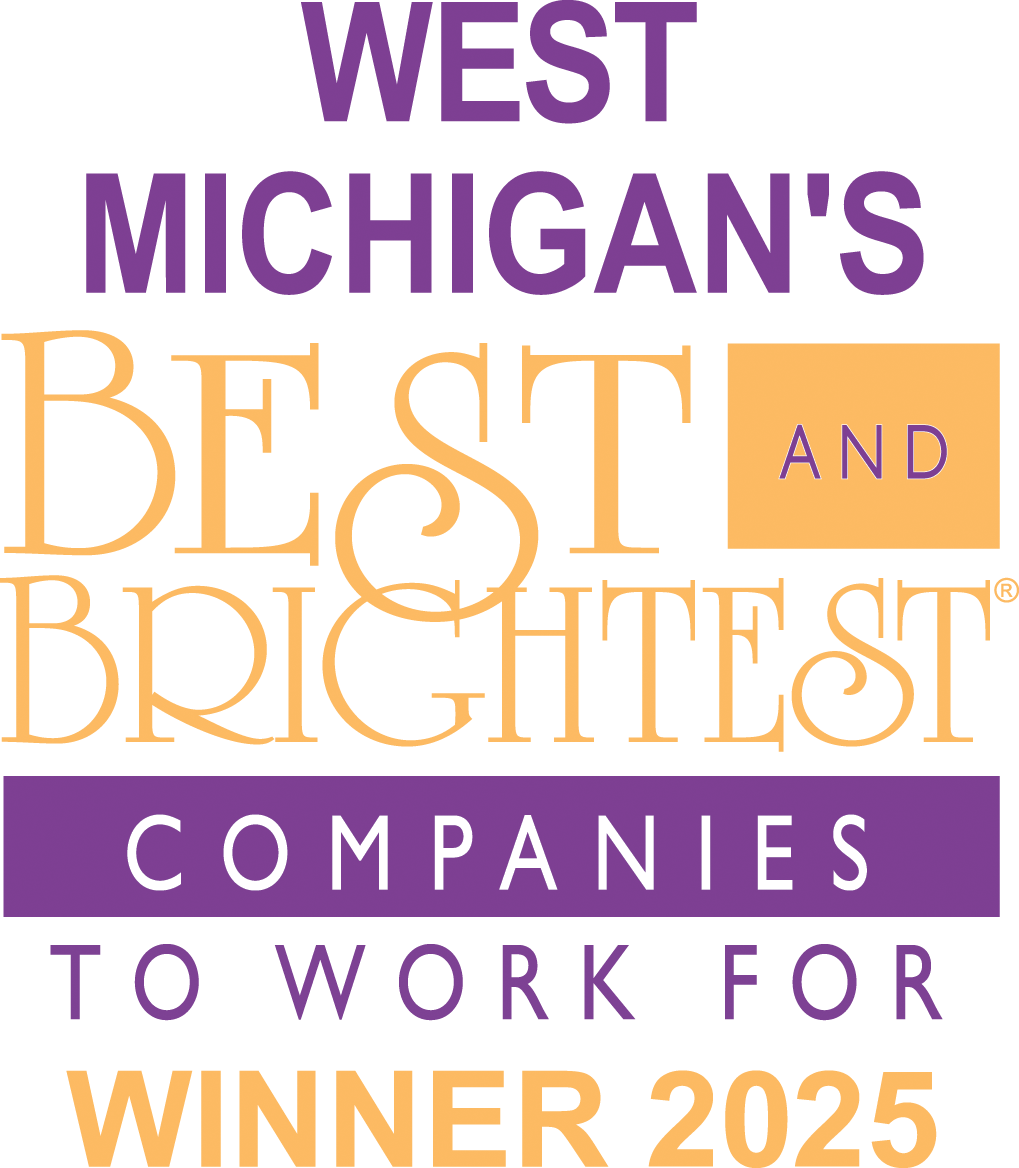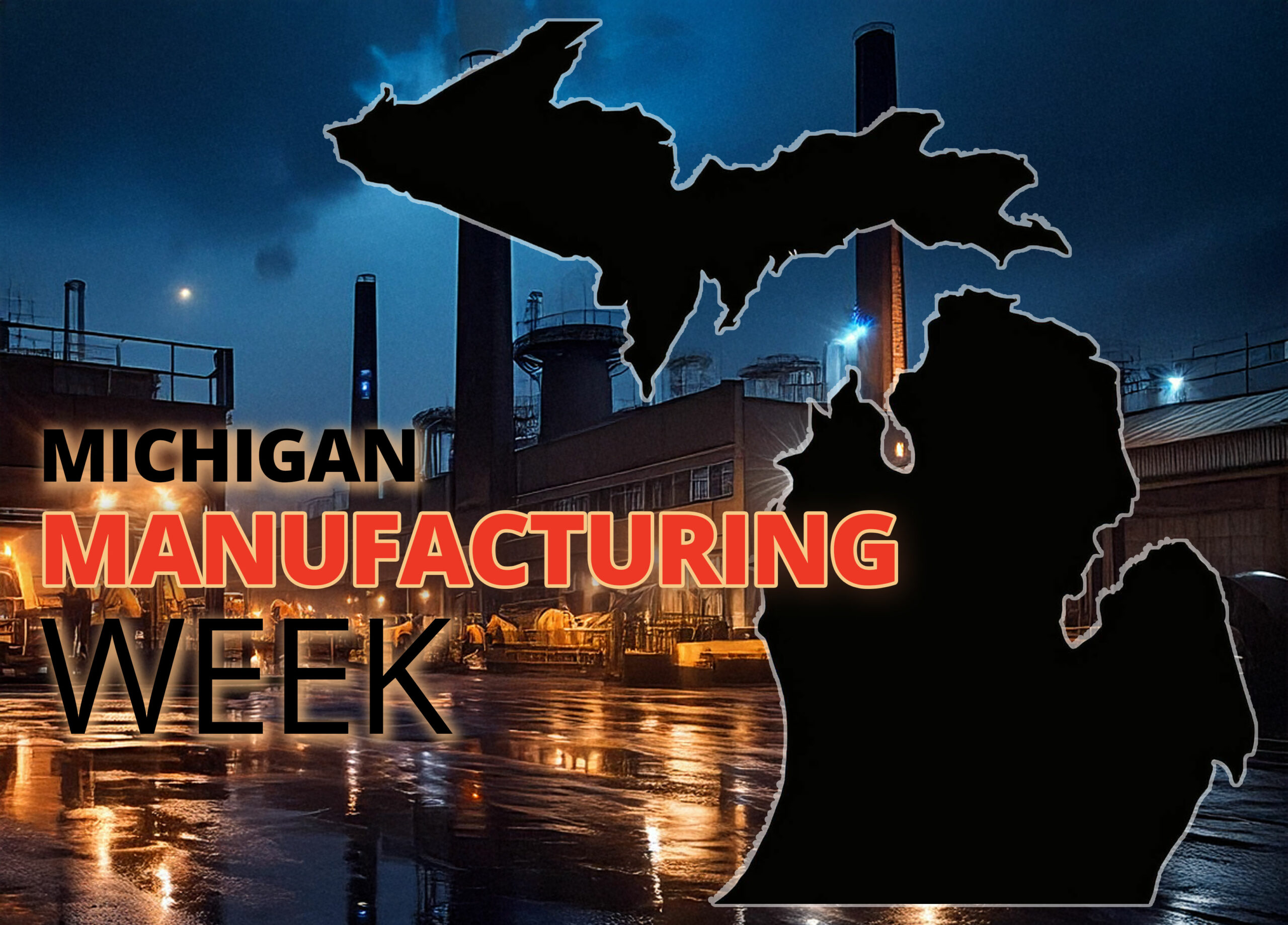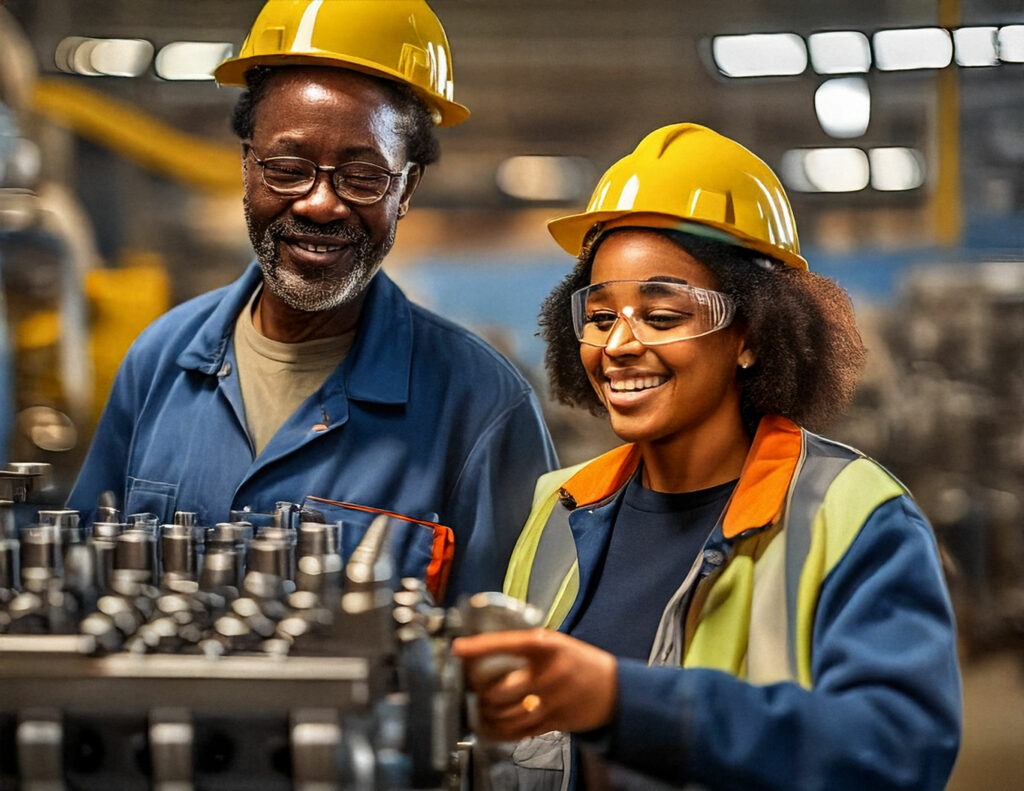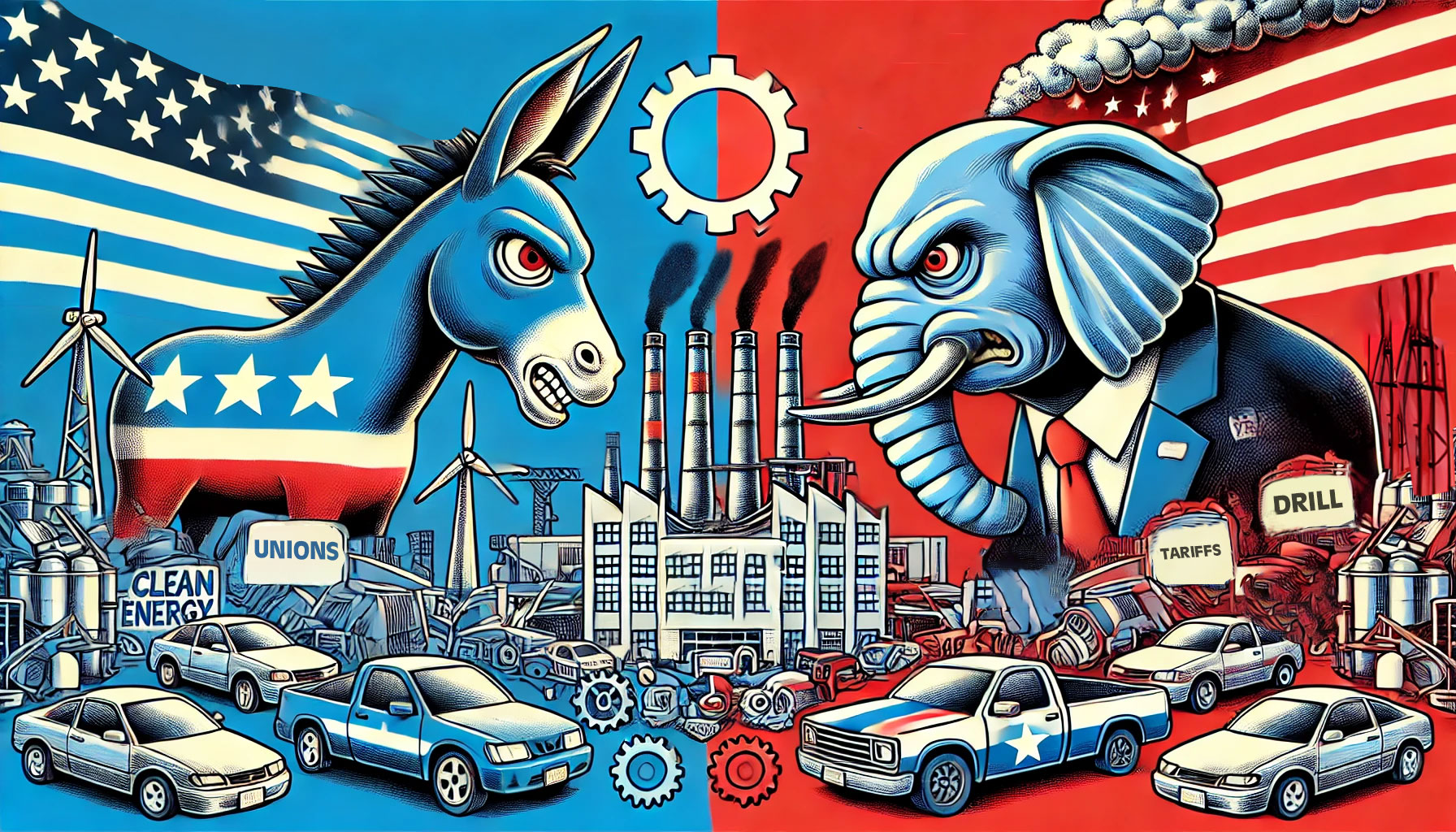Retirement today no longer means a sudden exit at age 65 with nothing on the calendar except golf. Many Gen Xers and younger Boomers view a hard stop as financially unwise and personally unfulfilling. Phased retirement offers an alternative path: a gradual reduction in work hours that combines continued earnings, ongoing benefits and meaningful engagement. This model provides a gentler transition for employees and helps employers retain critical skills.
Continue readingIt’s Official: WSI Earns This Award for The Tenth Time In a Row
“That’s What The Money Is For!” – Except it’s not.
Paychecks matter, but true employee appreciation goes beyond money. This Employee Appreciation Day, show your team they’re valued every day.
Continue readingChatGPT for Resumes: A Good Idea or a Big Mistake?
Opening Doors for All: Honoring MLK’s Enduring Dream
New for 2025: Michigan Sick Time Act
Michigan’s Earned Sick Time Act mandates paid sick leave for nearly all employees. Employers, prepare now or risk costly non-compliance.
Continue readingStruggling to Find Skilled Workers in Michigan? Here’s How to Fix It:
In Michigan’s manufacturing world, one thing is clear: skilled workers are the lifeblood of the industry. Yet, businesses across the state are struggling to find talent that matches their needs. Enter the Going PRO Talent Fund—a program designed to help employers not just survive, but thrive, by filling these skill gaps with purpose and precision.
The Skills Gap Crisis
Michigan is poised to see over 520,000 jobs in the professional trades by 2030, yet the talent pool isn’t keeping pace. Many businesses are forced to navigate this ever-widening gap, leaving their productivity and innovation in limbo. Employers need workers who can hit the ground running, equipped with industry-recognized credentials and in-demand skills.
And while the hunt for skilled talent can feel like chasing a unicorn, the Going PRO Talent Fund offers a lifeline.
What is the Going PRO Talent Fund?
Since 2014, the Going PRO Talent Fund has been the state’s secret weapon for workforce development. By connecting businesses with funding to train employees, the program addresses both immediate and long-term needs.
For 2025, the program awarded $42.7 million to nearly 700 businesses, impacting over 22,000 workers statewide.
Training includes classroom instruction, on-the-job training, and registered apprenticeship programs—all leading to transferable, industry-recognized credentials. This isn’t just about filling vacancies; it’s about future-proofing your workforce. The program helps employers upskill current employees, reskill workers for new roles, and onboard new hires effectively.
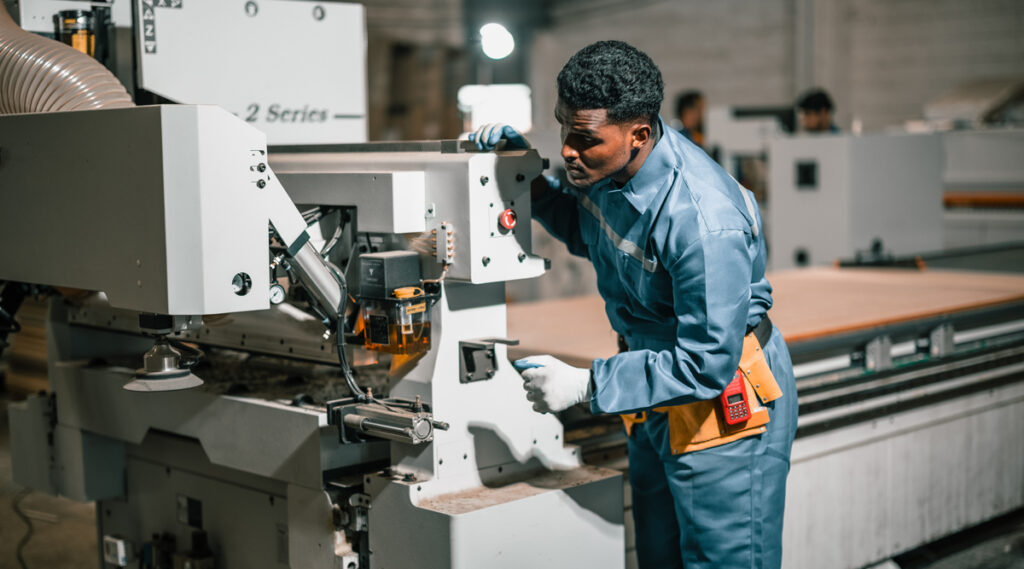
Why Businesses Should Care
Michigan businesses can no longer afford to view workforce development as optional. The reality is simple: without skilled workers, there’s no innovation, no growth, and no competitive edge. The Going PRO Talent Fund is designed to bridge this gap by:
Reducing Costs: With the average training cost per employee at $1,412, this program makes upskilling affordable.
Tailored Solutions: Employers define their training needs and work with local Michigan Works! Agencies to develop strategic plans.
Sustainability: Training leads to industry-recognized credentials, ensuring employees remain valuable long-term assets.
Success Stories Across Michigan
From Detroit manufacturers to small businesses in rural areas, employers are seeing real results. Dana Williams, CEO of Detroit Employment Solutions Corporation, puts it best:
“The Going PRO Talent Fund transforms opportunities into success stories for both Michigan workers and businesses.”
Take the example of a manufacturing firm struggling to integrate advanced automation systems. With Going PRO funding, they trained their existing workforce, ensuring smooth operations and reducing reliance on external specialists.
How to Apply for 2025 Grants
Want in? You’re not alone. The Going PRO Talent Fund’s next application window opens in Spring 2025, so now’s the time to start preparing.
Here’s how:
•Identify Needs: Work with your team to pinpoint skill gaps and training priorities.
•Partner with Michigan Works!: These agencies help craft training strategies and ensure your application hits all the right notes.
•Submit Your Application: Watch for updates at Michigan.gov/TalentFund and make sure to meet all deadlines.
A Long-Term Vision
The Going PRO Talent Fund isn’t just a short-term fix—it’s an investment in Michigan’s future. By empowering businesses to build their workforce, the program ensures long-term economic growth and stability for all.
In a state where manufacturing drives progress, programs like Going PRO offer hope, strategy, and opportunity. Whether you’re struggling to find skilled workers or simply want to stay ahead, this fund can help you turn workforce challenges into competitive advantages.
So, what are you waiting for? Let’s make “skilled worker shortage” a phrase of the past.
Michigan’s $325 Million Semiconductor Boost: Implications for Manufacturers
Michigan’s $325M investment in semiconductor manufacturing is set to create jobs, boost supply chains, and position the state as an industry leader.
Continue reading